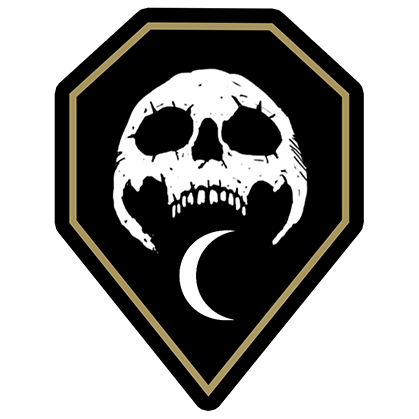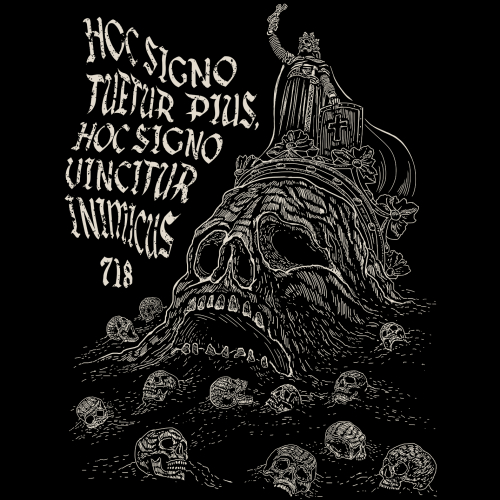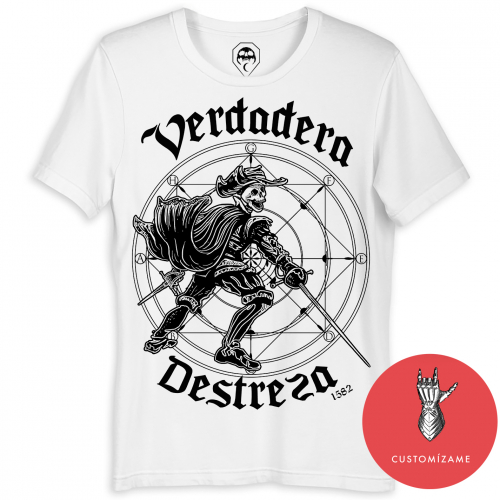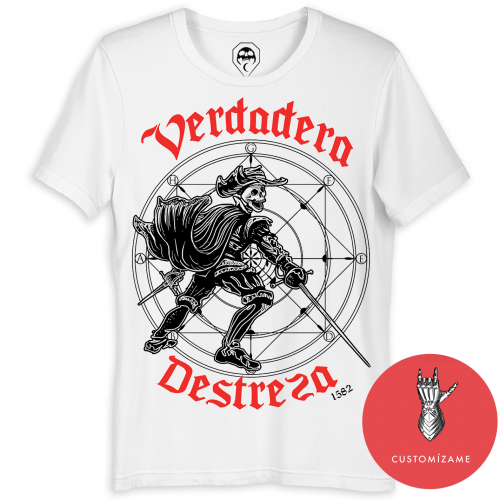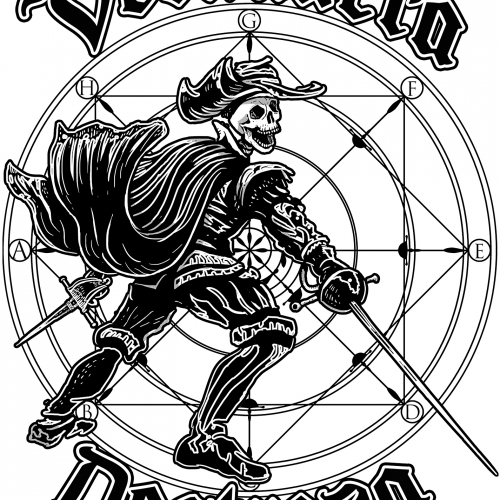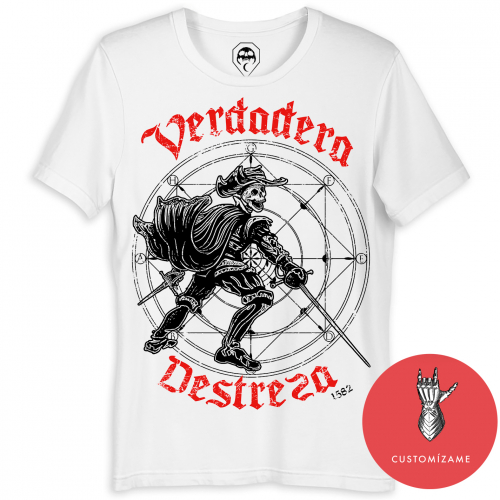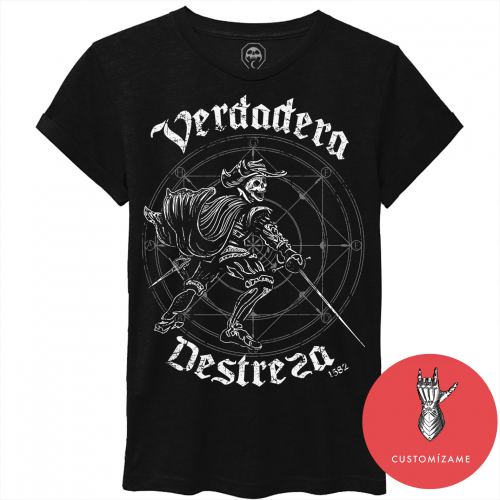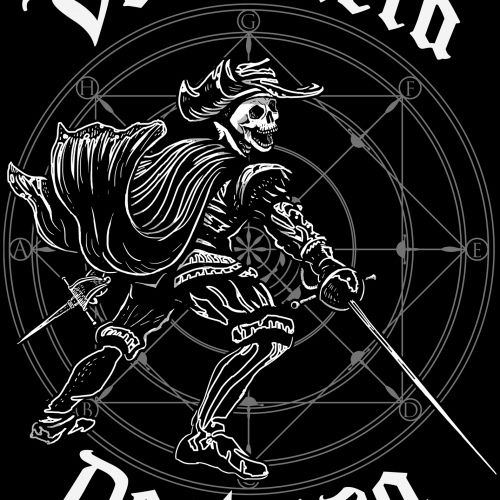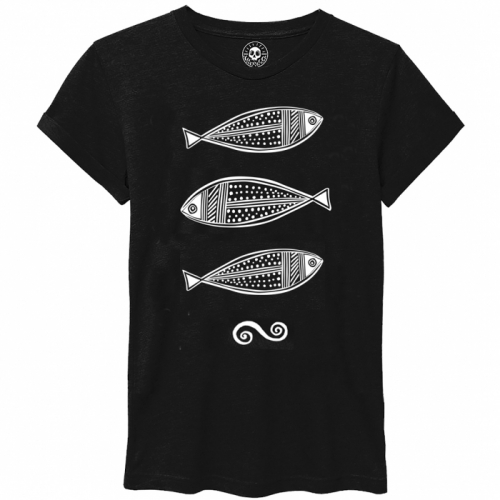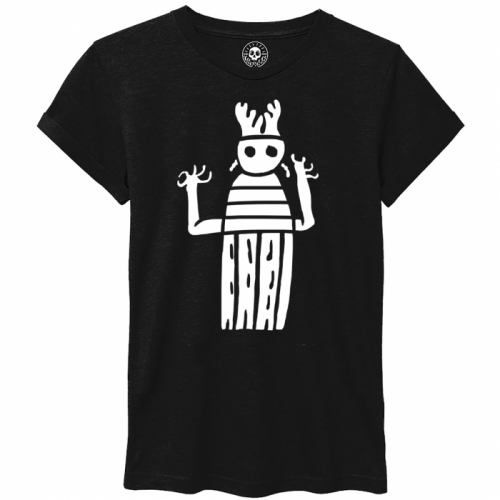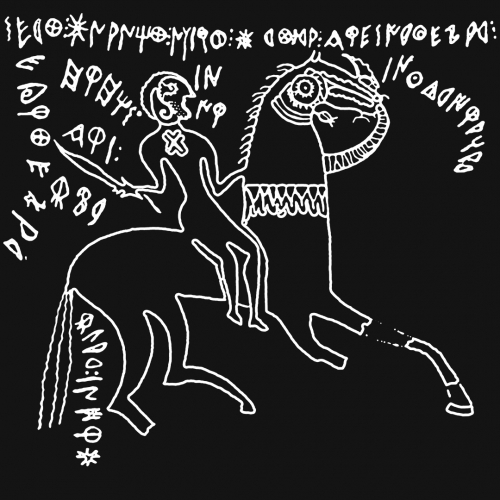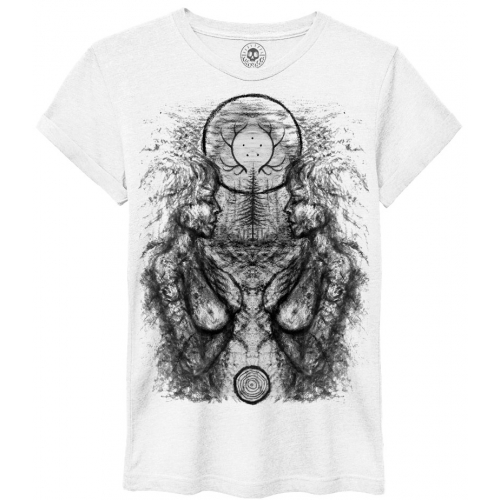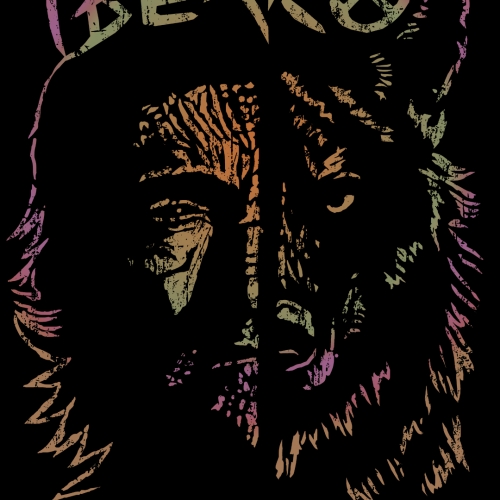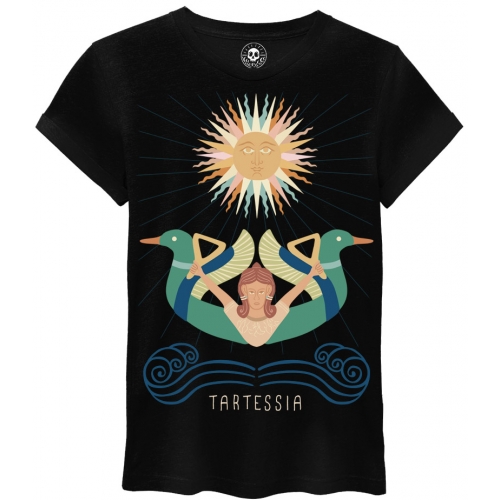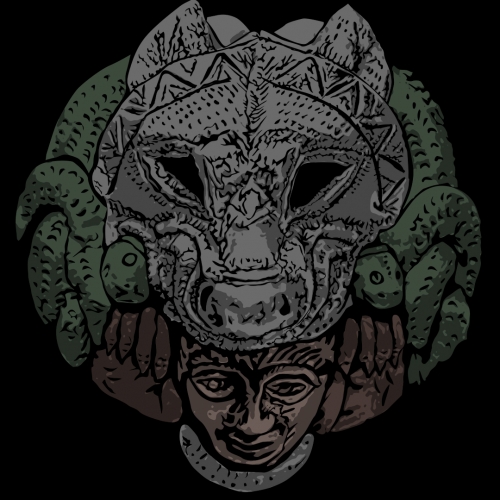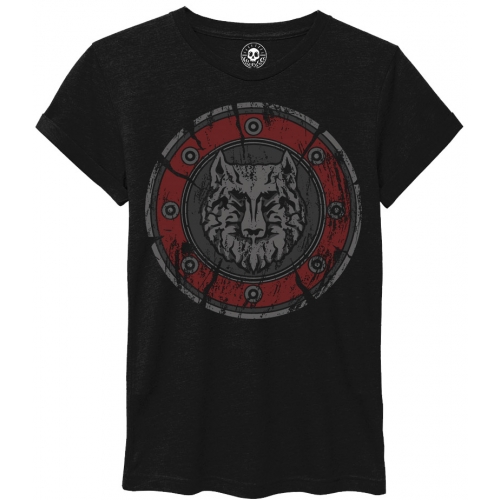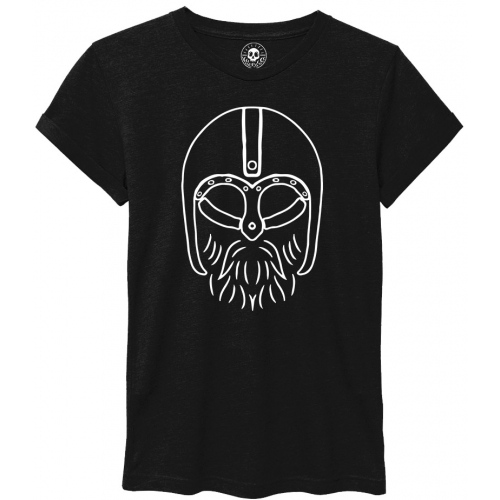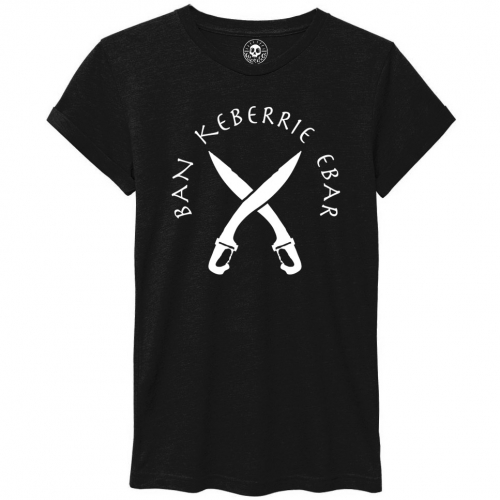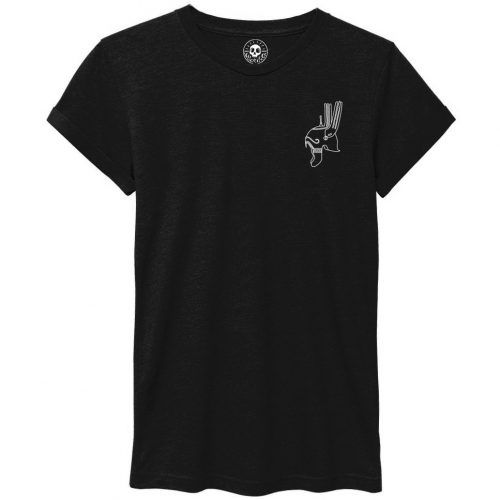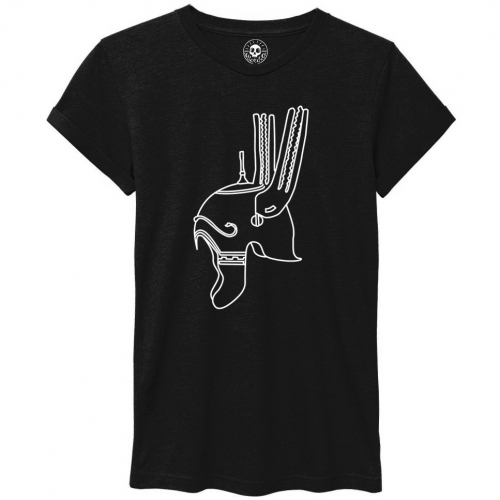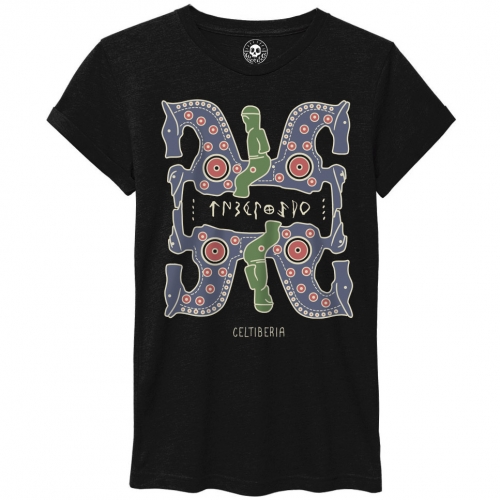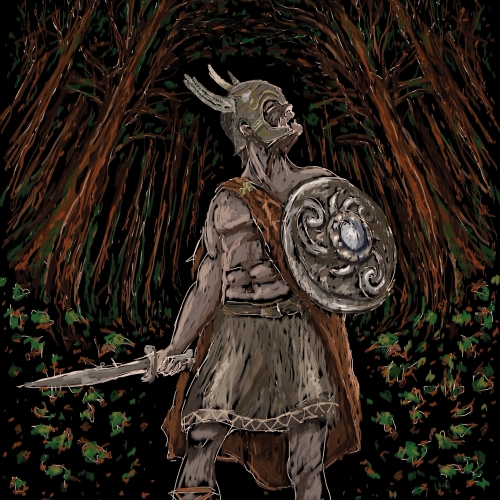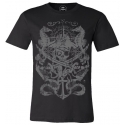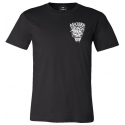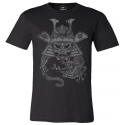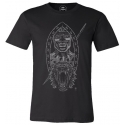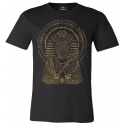Pelayo 718 - Black T-Shirt
protected, with this sign the enemy is defeated"). Pelayo attributed his success to the use of this protective emblem. Whether or not the story about Don Pelayo and the battle of Covadonga is more reliable is told: if it was in 718 or 722, the number of participants according to the chronicles, recent studies talking about a riot of four uncles, what if it ended Reconquista was coined in contemporary times... the truth is that myths and legends convey to us the vision of what our ancestors believed, felt and lived at that time —let's stop judging the past with today's values"—, and That collective feeling and thought at that key moment, that fact, was the flame that lit and motivated the slow but persistent advance towards the south in that process of recovery of the lost kingdom, the so-called Reconquista, towards the definitive unity of Christian kingdoms, concluded with the capture of Granada in 1492.
[T-shirt proposed by Elena Arquimbau]
[Information about Customized Shirts]
- -€8.00
- On sale!
- -€8.00
